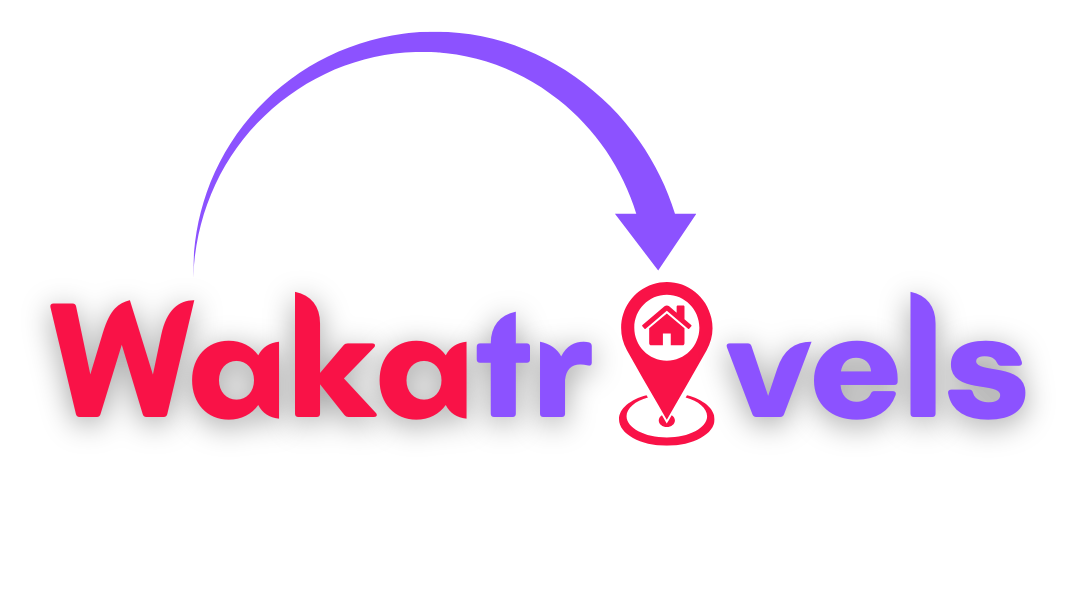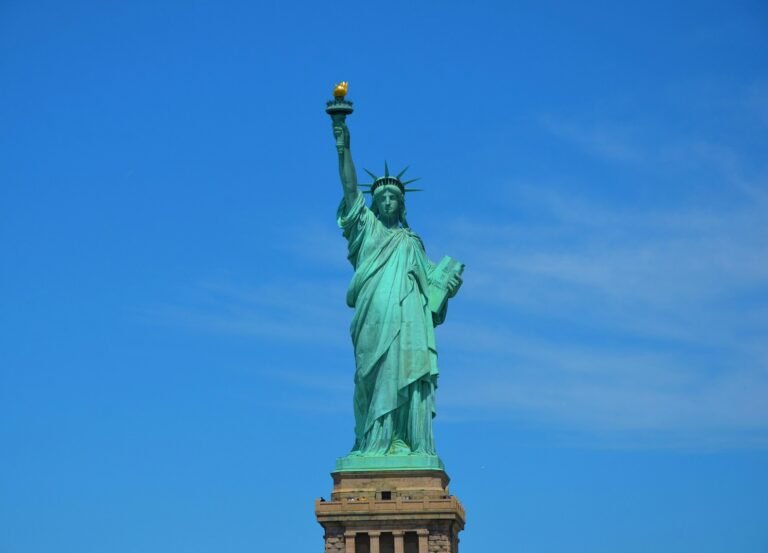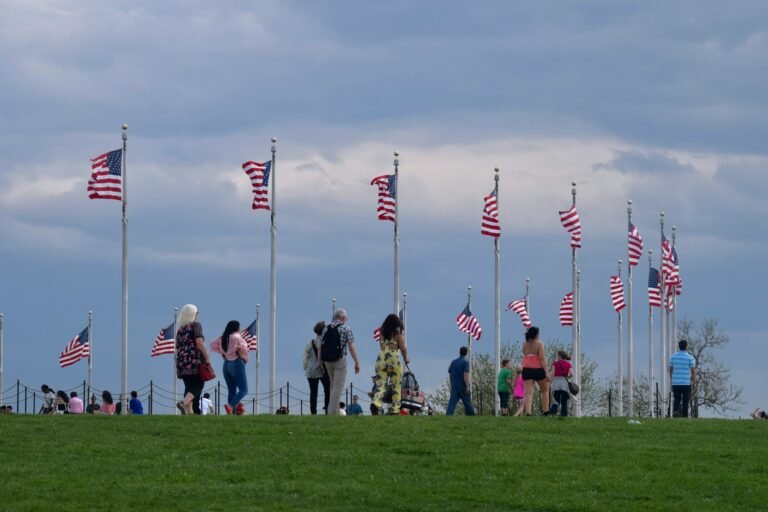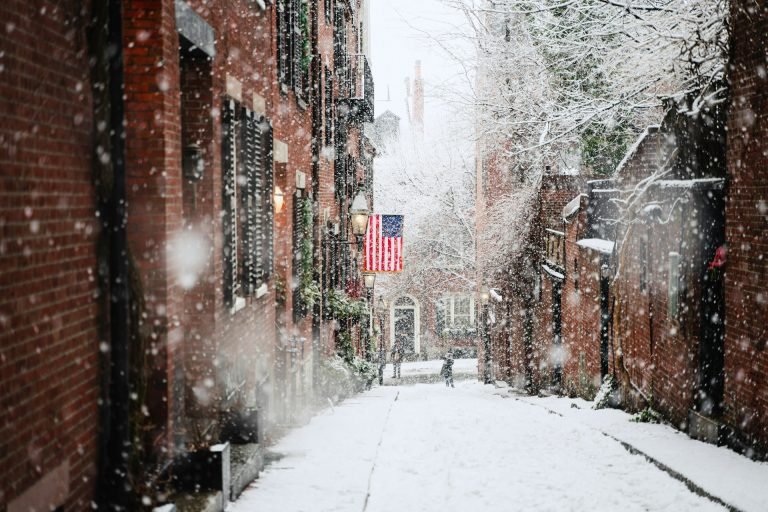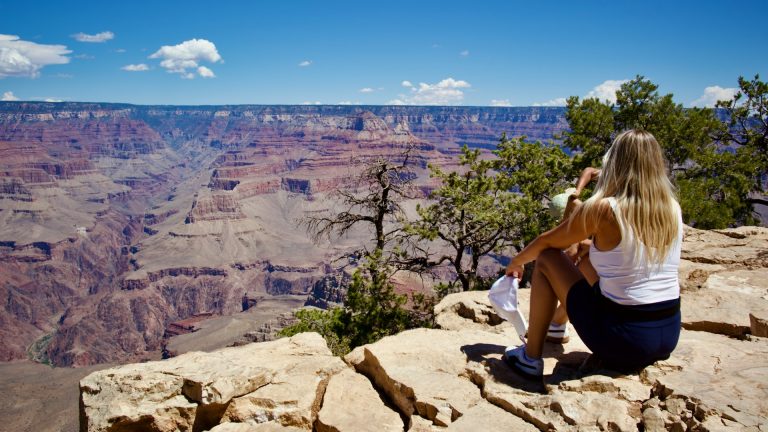I’ve always believed that tasting is less about pretension and more about passion—a theory I test regularly, glass in hand. Last spring, while navigating a particularly memorable vineyard tour in Anderson Valley, I overheard a fellow taster confidently declare that “real country” only exists in Europe. I nearly snorted my Pinot Noir.
America’s regions aren’t just catching up to their European counterparts—they’re creating entirely distinct identities worth celebrating. From the fog-kissed valleys of California to the surprisingly robust vineyards of Virginia, U.S. country offers experiences as diverse as the people who craft these.
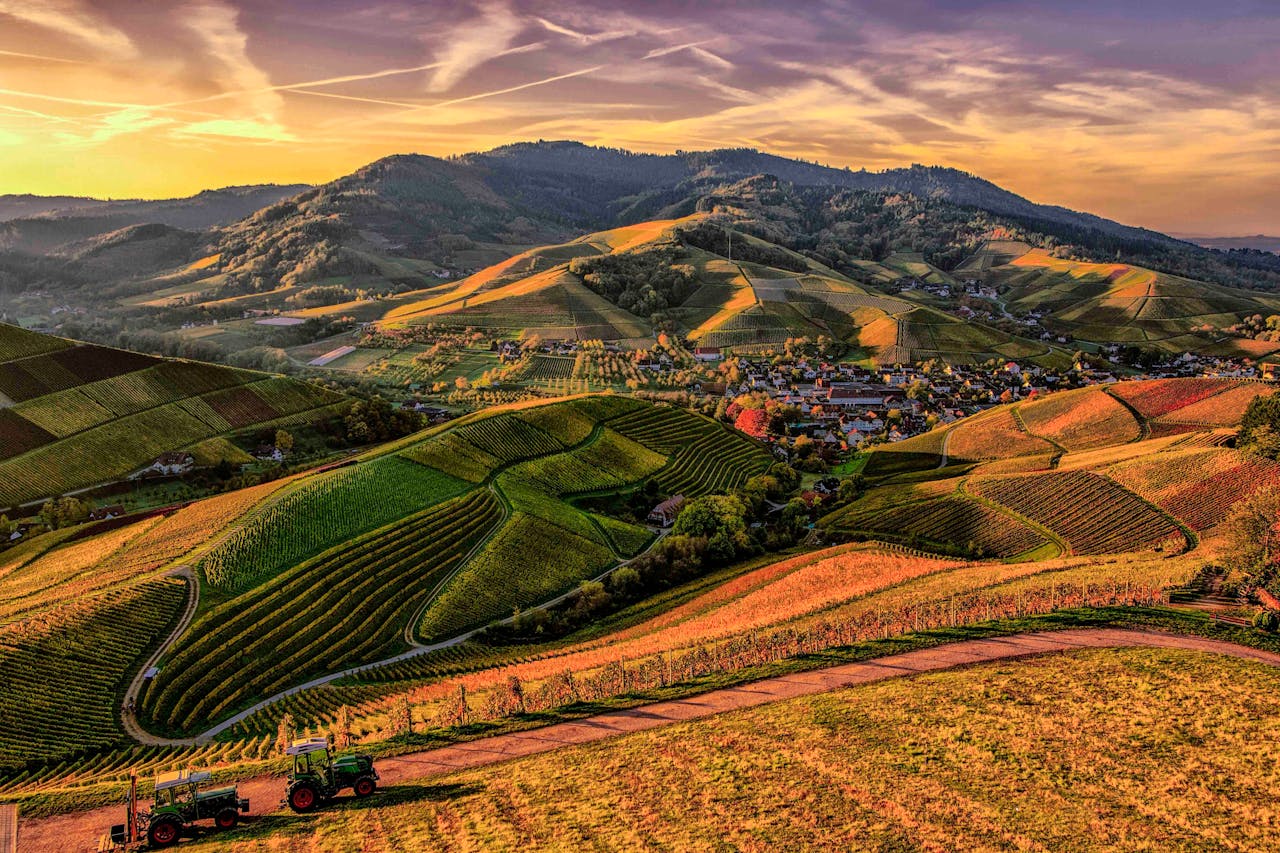
The American Renaissance: Beyond Napa’s Shadow
When most people think “American wine,” their minds immediately zoom to Napa Valley, which, don’t get me wrong, is magnificent. But limiting yourself to Napa is like visiting New York and never leaving Times Square. The real magic happens when you venture beyond the obvious.
American viticulture has evolved dramatically over the past few decades. Regions once dismissed as too cold, too hot, or too “whatever” for quality wine production are now creating bottles that make even the snobbiest sommeliers raise their eyebrows in reluctant appreciation.
California’s Wine Regions: Not Just Napa
Yes, Napa Valley remains the crown jewel of American tourism, with its manicured estates and world-class Cabernet Sauvignons. But California’s map extends far beyond these famous 30 miles.
Sonoma County feels like Napa’s more relaxed cousin—equally talented but less concerned with impressing you. The region’s diverse microclimates produce everything from cool-climate Pinot Noir and Chardonnay along the coast to robust Zinfandels inland. Some of my favorite tasting experiences have been in converted barns with winemakers who still get dirt under their fingernails.
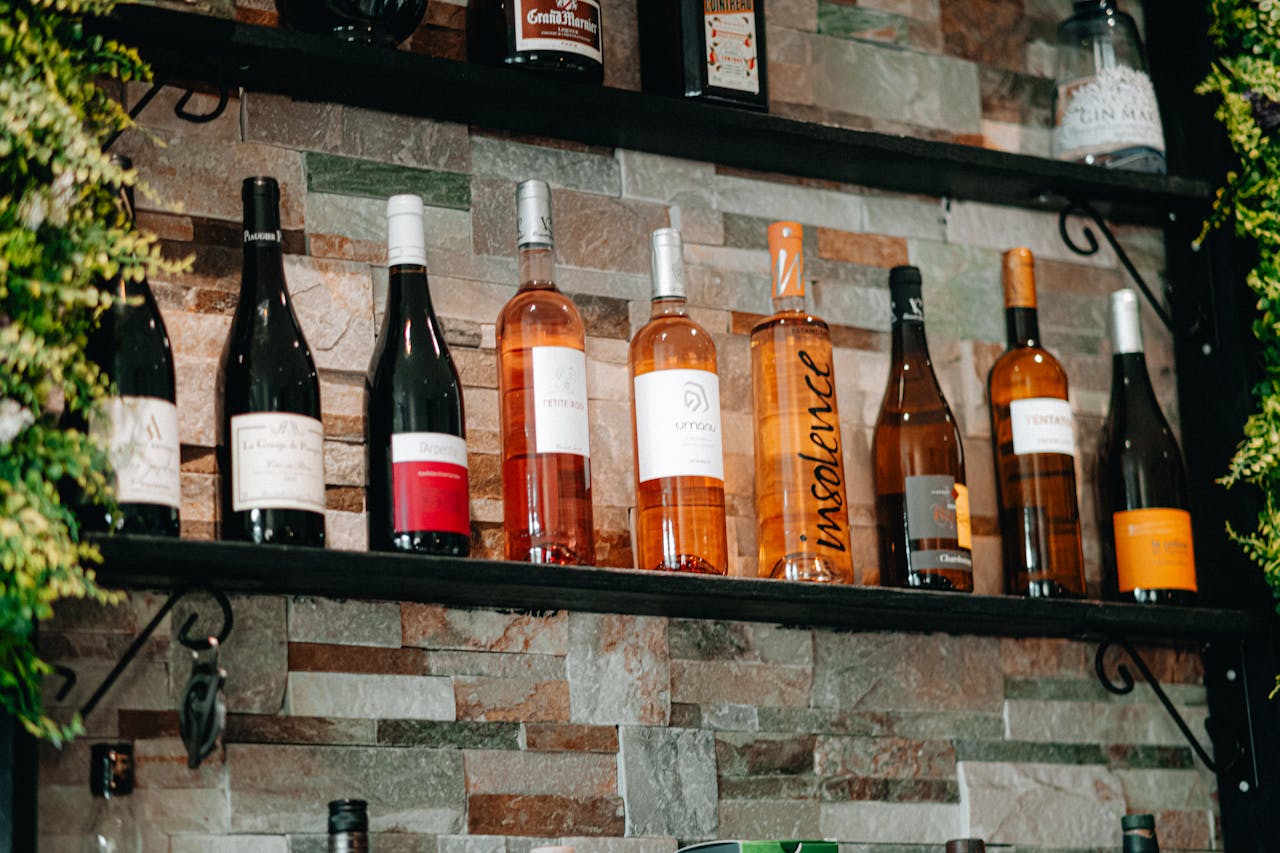
During one particularly memorable visit to a family-run operation near Healdsburg, the owner’s dog—a massive, slobbery Saint Bernard named Tannic—decided my lap was the perfect napping spot throughout the entire tasting. Try maintaining wine-tasting decorum with 170 pounds of snoring dog pinning you to your chair. The wine, a surprisingly elegant Syrah, was worth the temporary paralysis.
Paso Robles, nestled halfway between San Francisco and Los Angeles, has transformed from cattle country to powerhouse. The area specializes in Rhône varieties and ambitious red blends that would make a Châteauneuf-du-Pape producer nervously look over their shoulder. The east side offers rolling hills dotted with massive estates, while the west side features smaller, family-run operations carved into limestone-rich hillsides.
What I love about Paso is its unpretentious approach. During one tasting, I watched in amusement as a winemaker demonstrated the differences between his wines by comparing them to characters from “The Office.” His reserve Mourvèdre was “definitely a Dwight Schrute—intense, complex, and better after it’s had some time to breathe.”
Pacific Northwest: Washington and Oregon’s Countries
The Pacific Northwest deserves serious attention from wine lovers looking beyond California. These regions offer distinctive character with less tourist traffic (for now).
Oregon’s Willamette Valley has earned its reputation for Pinot Noir that rivals Burgundy—at a fraction of the price. The cool climate and volcanic soils create wines with bright acidity and nuanced fruit profiles. Small producers dominate the landscape, many practicing sustainable and biodynamic methods before they became trendy elsewhere.
I once visited during the annual harvest and ended up volunteering for an afternoon of grape sorting at a small family winery. My romantic notions of winemaking quickly collided with the reality of sticky hands, an aching back, and grape-stained fingernails that lasted for days. The impromptu vineyard dinner that followed—complete with previous vintages poured alongside this year’s just-fermenting juice—remains one of my favorite wine memories.
Washington State might be the most exciting region you’re not visiting enough. The Columbia Valley and Walla Walla regions benefit from dramatic diurnal temperature shifts—hot days and cool nights—that build complexity in everything from Riesling to Cabernet Sauvignon. Winemakers here operate with less pressure to conform to established styles, resulting in some genuinely innovative approaches.
Emerging Destinations Worth Your Attention
American wine country extends far beyond the West Coast. These “unexpected” regions offer distinctive wines and often more affordable, less crowded tasting experiences.
Finger Lakes, New York has quietly become one of America’s most exciting destinations. The eleven narrow, deep lakes create a unique microclimate ideal for aromatic white varieties like Riesling and Gewürztraminer, plus increasingly impressive cool-climate reds like Cabernet Franc. The scenery—vineyards sloping down to glimmering blue water—rivals anything in Europe.
Virginia would make Thomas Jefferson proud. As America’s first oenophile and vineyard experimenter, he’d be thrilled to see the Old Dominion producing world-class wines, particularly from Viognier and Cabernet Franc. The Monticello AVA, surrounding Jefferson’s historic home, combines tourism with American history in a uniquely satisfying way.
My first Virginia wine experience came courtesy of a sudden thunderstorm that forced me to seek shelter in the nearest tasting room. What I expected to be a quick dash from the rain turned into a three-hour education in Virginia terroir, complete with a vertical tasting of Petit Verdots that completely changed my perception of what’s possible in this region.
My first Virginia experience came courtesy of a sudden thunderstorm that forced me to seek shelter in the nearest tasting room. What I expected to be a quick dash from the rain turned into a three-hour education in Virginia terroir, complete with a vertical tasting of Petit Verdots that completely changed my perception of what’s possible in this region.
Planning Your Adventure
Exploring America’s regions requires a bit more strategy than simply showing up and drinking. Here’s how to make the most of your vinous adventures:
When to Visit Wine Country
Timing can dramatically impact your experience. Here’s a quick seasonal breakdown:
Spring (April-May): Fewer crowds, vibrant green vineyards, and “barrel tastings” of wines still in development. Winemakers often have more time for conversation.
Summer (June-August): Peak tourist season means more activities and events but crowded tasting rooms and sometimes rushed experiences. Temperatures can be extreme in some regions.
Harvest (September-October): The most exciting time to visit, with the energy of harvest in full swing. You might see grapes being processed or even participate in harvest activities. Book accommodations well in advance.
Winter (November-March): The quiet season offers the most personal attention and sometimes special vertical tastings of older vintages. Some smaller wineries reduce hours or close entirely.
I once made the rookie mistake of visiting Napa during a holiday weekend in summer. The tasting rooms resembled crowded nightclubs more than places for thoughtful wine appreciation. Lesson learned: timing matters.
Tasting Tips for Non-Pretentious People
Country should be fun, not intimidating. Here’s how to approach it:
- Start with a plan, end with flexibility: Research which wineries interest you, but be willing to follow recommendations once you’re there.
- Pace yourself: 3-4 wineries per day is plenty. Your palate (and liver) will thank you.
- Don’t be afraid to spit: Professional tasters do it. You should too if you want to remember anything about your day.
- Ask questions: Most winemakers love sharing their knowledge if you show genuine interest.
- Look beyond big names: Some of the most memorable experiences happen at smaller, family-run operations rather than corporate showcase estates.
During a recent Sonoma trip, I abandoned my carefully researched itinerary after a conversation with a local server at breakfast. Her cousin’s small production winery wasn’t on any tourist map, required driving up a questionable dirt road, and operated out of what was essentially a converted garage. The wines—small-lot Grenache and Syrah—were among the best I tasted all week.
Accommodations: Where to Stay in Wine Country
Wine regions offer lodging options from luxurious resorts to charming B&Bs. Consider these options:
| Accommodation Type | Pros | Cons | Best For |
| Luxury Resorts | Full-service amenities, on-site restaurants, often vineyard views | Expensive, can feel isolated from local culture | Special occasions, relaxation-focused trips |
| Boutique Hotels | Personalized service, often walkable to towns | Limited amenities compared to resorts | Couples, food-focused travelers |
| Bed & Breakfasts | Local insight from hosts, homey atmosphere | Variable quality, less privacy | Couples, first-time visitors seeking guidance |
| Vacation Rentals | Kitchen facilities, space to gather | Self-service, no on-site amenities | Groups, families, longer stays |
| “Glamping” Options | Unique experiences, often in vineyard settings | Weather-dependent, limited availability | Adventure seekers, Instagram enthusiasts |
Top Regions and Recommended Vineyards
Here’s a curated list of standout regions and specific vineyards worth visiting:
Napa Valley, California
- Chateau Montelena – https://montelena.com/ – Historic winery famous for winning the 1976 “Judgment of Paris,” putting California wines on the world stage.
- Schramsberg Vineyards – https://www.schramsberg.com/ – Spectacular cave tours and arguably America’s finest sparkling wines.
- Heitz Cellar – https://www.heitzcellar.com/ – One of Napa’s historic properties offering complimentary tastings (increasingly rare in the region).
Sonoma County, California
- Ridge Lytton Springs – https://www.ridgewine.com/ – Iconic producer crafting some of America’s most consistent and age-worthy Zinfandel blends.
- Littorai Wines – https://www.littorai.com/ – Biodynamic estate producing ethereal Pinot Noir and Chardonnay, with fascinating farm tours.
- Jordan Winery – https://www.jordanwinery.com/ – Beautiful estate offering generous tasting experiences and food pairings.
Willamette Valley, Oregon
- Domaine Drouhin – https://www.domainedrouhin.com/ – French winemaking heritage meets Oregon terroir in this elegant hillside winery.
- Bergström Wines – https://www.bergstromwines.com/ – Biodynamic producer making some of Oregon’s most sought-after Pinot Noir.
- Stoller Family Estate – https://www.stollerfamilyestate.com/ – Sustainable winery with stunning views and relaxed tasting experiences.
Walla Walla, Washington
- L’Ecole No. 41 – https://www.lecole.com/ – Housed in a historic schoolhouse, they produce excellent Bordeaux and Rhône-style wines.
- Leonetti Cellar – https://www.leonetticellar.com/ – One of Washington’s pioneering wineries, with highly allocated wines.
- Gramercy Cellars – https://www.gramercycellars.com/ – Founded by a Master Sommelier, specializing in Rhône varieties and Cabernet Sauvignon.
Finger Lakes, New York
- Hermann J. Wiemer – https://wiemer.com/ – Legendary Riesling producer with an exceptional tasting experience.
- Ravines Wine Cellars – https://ravineswine.com/ – French-trained winemaking producing elegant, food-friendly wines.
- Red Newt Cellars – https://rednewt.com/ – Excellent wines paired with one of the region’s best winery restaurants.
Virginia Country
- Barboursville Vineyards – https://www.bbvwine.com/ – Historic estate founded by Italian winemakers, famous for their Octagon red blend.
- RdV Vineyards – https://www.rdvvineyards.com/ – Appointment-only luxury experience featuring some of Virginia’s most acclaimed wines.
- Early Mountain Vineyards – https://www.earlymountain.com/ – Beautiful facility offering flights featuring their own wines alongside other Virginia producers.
Conclusion: Your Perfect Itinerary
American wine country offers extraordinary diversity—from weather-beaten coastal vineyards to sun-baked inland valleys to surprisingly elegant East Coast estates. The common thread? Passionate people creating wines that increasingly command international respect.
American country offers extraordinary diversity—from weather-beaten coastal vineyards to sun-baked inland valleys to surprisingly elegant East Coast estates. The common thread? Passionate people creating wines that increasingly command international respect.
Country exploration is ultimately about stories—the geological story of the land, the cultural story of the region, the personal story of the winemaker, and ultimately, the story you’ll tell about that perfect afternoon when the, the setting, and the company aligned into something magical.
Just remember to spit occasionally, or those stories might get progressively less coherent as the day unfolds.
Frequently Asked Questions About U.S. Country
What is the best time of year to visit U.S. wine regions?
Fall harvest season (September-October) offers the most activity and energy, though spring brings beautiful vineyard colors and fewer crowds. Summer has perfect weather but more tourists, while winter offers the most personal attention from winemakers.
How many wineries should I visit in one day?
Quality over quantity is the rule here. Limit yourself to 3-4 wineries daily to avoid palate fatigue and truly appreciate each experience. Consider hiring a driver if you plan to taste at multiple locations.
Do I need appointments for wine tasting in Napa Valley?
Increasingly, yes. Many premium Napa wineries now require reservations, particularly on weekends. Sonoma remains more relaxed, though appointments are recommended for smaller producers.
What’s the difference between Napa and Sonoma wine experiences?
Napa generally offers more polished, upscale experiences with higher tasting fees (often $50-100+) and focuses on Cabernet Sauvignon. Sonoma provides more diverse, laid-back experiences at lower price points ($20-50) with a wider variety of wine styles.
What should I wear to go wine tasting?
Comfortable, smart-casual attire works in most settings. Avoid heavy perfumes or colognes that interfere with wine aromas. Comfortable shoes are essential—you’ll likely be standing at tasting bars and walking through vineyards.
Are U.S. wine regions family-friendly?
Many wineries now offer activities for non-drinkers, though policies vary. Call ahead if traveling with children. Regions like Sonoma, Paso Robles, and the Finger Lakes tend to be more family-friendly than Napa.
What’s the best way to ship wine home from wine country?
Many wineries offer shipping services where legally permitted. Alternatively, specialized wine shipping companies in most wine regions provide temperature-controlled shipping. Always check the alcohol shipping laws for your home state.
Which U.S. wine region is best for Pinot Noir lovers?
Oregon’s Willamette Valley is America’s Pinot paradise, followed by California’s Russian River Valley and Sonoma Coast. For something different, try the Finger Lakes or Michigan’s Old Mission Peninsula.
Are wine club memberships worth it?
For wineries you truly love and would purchase from multiple times yearly, yes. Benefits typically include complimentary tastings, discounts, exclusive wines, and special events. However, be selective—those memberships add up quickly!
What emerging U.S. wine regions should I watch?
Keep an eye on Michigan’s Traverse City area, Idaho’s Snake River Valley, Arizona’s Verde Valley, New Mexico’s high deserts, and New York’s Hudson River Valley—all producing increasingly impressive wines.
